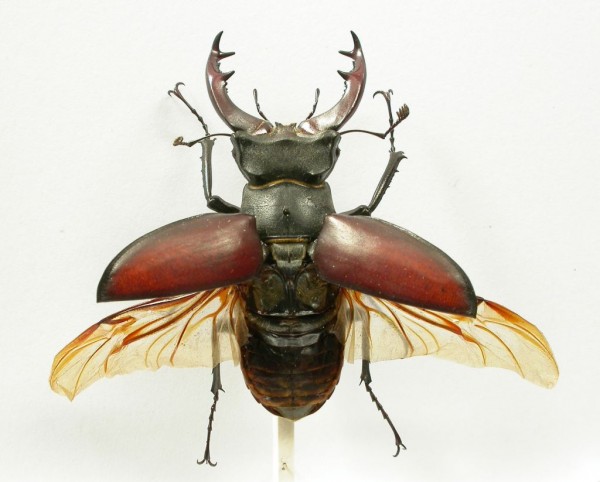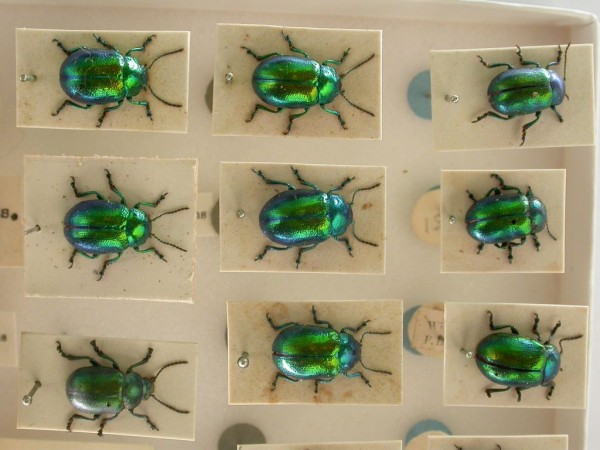Natural Life
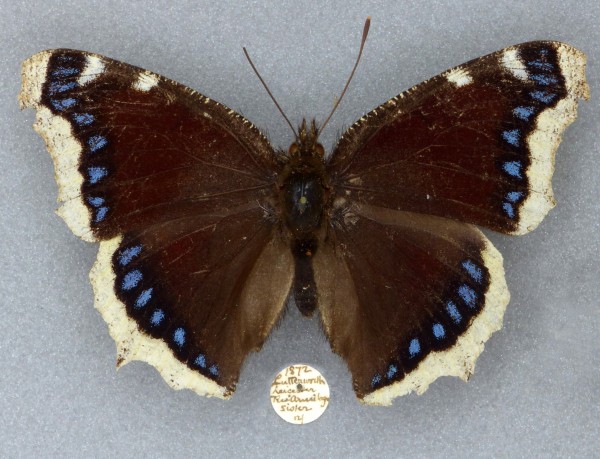
Local Wildlife: The Camberwell Beauty butterfly is a rare migrant visitor to this country and there are two specimens in the Museums reference collection. One of them is intriguingly labelled “1872 Lutterworth Leicester Rev. Armitage sister 12/”. The label itself is impressive, being only 6mm in diameter, with the handwriting being less than 1mm high. One of our volunteers researched the family's history in the area and has found that Caroline Hope (nee Armitage) seems to be the most likely to have caught the Camberwell Beauty in Lutterworth for her entomologist brother George.

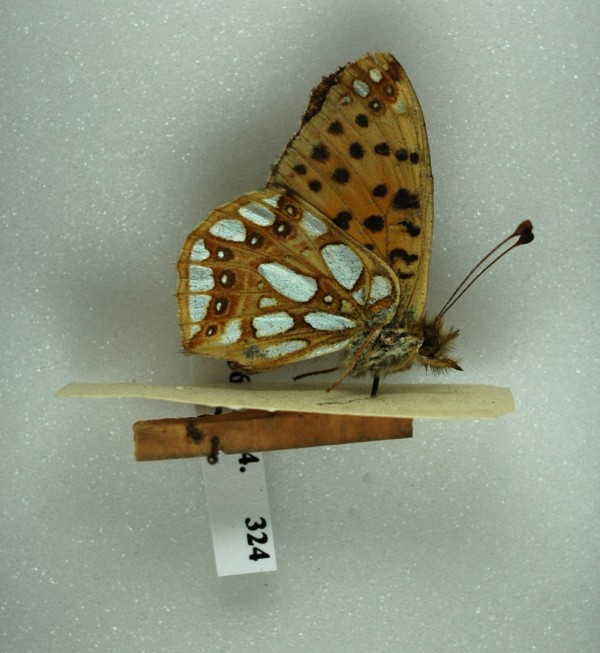
Local Wildlife: This specimen is a Queen of Spain Fritillary from the butterfly and moth collection of Mr Arthur James Ponchaud which was donated to Leicestershire Museums. But this butterfly has an amazing story to tell.
It was collected during August 1917 at Viller Faucon in the region of Picardy on the Somme, in France. At the time Viller Faucon was under German occupation. The locality, the date and Arthur’s full name are the clues from the label, but we have to imagine the full story. Did Arthur collect the butterfly when the allies captured Viller Faucon? Could such a beautiful butterfly have witnessed the horrors of World War One?


Amazing Plants: Corncockle
Agrostemmn Githago
This specimen was collected by William Percy Powell D.S.M. (1887-1954) who was born in Hinckley and served in the Royal Army Medical Corp during World War I. He had been an active amateur botanist before the outbreak of the war and continued to record plants in northern France while he was stationed there including this corncockle specimen.
He collected detailed records and specimens of the flora of Burbage Common and Wood, and recorded 261 species in ‘The Flora of Stoney Stanton, Sapcote and District’.


Amazing Plants: Fungi are no longer classified as plants as they do not produce chlorophyll. They fit into neither the plant or animal kingdom. The classification of plants, animals and fungi is always changing and evolving as scientists discover more about the natural world. Research collections like ours can be used as comparative material or can be tested in new ways to reveal more information.


Amazing Plants: Most of our natural history specimens were collected by individuals who lived or worked in Leicestershire. Their notebooks and diaries help us to understand what they were collecting, where and why.
‘A Hortus Siccus of Wild English Plants Found Chiefly in Leicestershire & Warwickshire’ by Andrew Bloxam
“The last of the all-round naturalists”, Bloxam was a Fellow of Worcester College Oxford and vicar of Twycross from 1831-1865. He then moved to Harborough Magna and lived there until his death on 2nd February 1878. This volume of 87 sheets of dried and mounted plant specimens was given to his mother Anne in December 1831.


Amazing Plants: Plant collecting has been carried out throughout history. In the past necessary equipment included a pencil, notepad, hand lens, a bag for collected material, and a map. Now botanists are more likely to use mobile technology to record plants in the wild. Collecting specimens is now a rare occurrence due to changes in wildlife and countryside legislation.

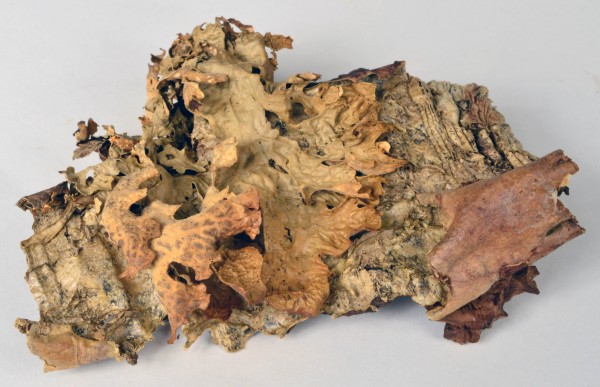
Amazing Plants: Lungwort Lichen - Lobaria pulmonaria
This was first recorded around Loughborough in 1747 by Dr Richard Pulteney, but has been extinct in the County since the end of the 18th century. The lobes of this lichen are visually similar to the lobes of a lung, so it was believed that this lichen would cure lung disease. The scientific validity has long been discredited, but this idea persists in homeopathic medicine.


